Imagine strolling through a quiet forest in Germany, the morning mist curling around your boots, when suddenly a high-pitched screech slices through the calm. It’s not a bird, not a fox, but a tiny frog letting loose an alarm so dramatic, you might think it’s auditioning for a role in a horror film. Believe it or not, some German frogs have a flair for the theatrical, turning up the volume when touched—not out of pain, but seemingly for effect. This isn’t just a quirky party trick; it’s a fascinating, and slightly hilarious, glimpse into the wild world of amphibian survival.
The Dramatic Scream: More Than a Ribbit
German frogs are known for their croaks and calls, but a few species have taken things to the next level. Instead of the classic ribbit, they emit a loud, piercing scream when physically disturbed. The noise is so shocking that even seasoned hikers have been startled out of their wits. This scream is not an everyday sound of the forest—it’s reserved for moments of perceived danger, making it all the more unexpected and dramatic.
Why Scream? The Science of Startling Predators
Scientists believe this screaming behavior is a clever evolutionary tactic. When a frog is grabbed by a predator, the sudden, ear-splitting screech can startle the attacker, causing it to loosen its grip or even drop the frog altogether. It’s as if the frog is yelling, “Back off!” in the most theatrical way possible. This defense mechanism can mean the difference between life and death, giving the frog a split second to wriggle free.
Meet the Star Performers: Which Frogs Are the Screamers?
Not every German frog is a drama queen, but some species have made a name for themselves with their vocal theatrics. The European tree frog (Hyla arborea) and the yellow-bellied toad (Bombina variegata) are two such stars. These species are rather small, but what they lack in size, they more than make up for in volume. Their screams are so loud that they can be heard from several meters away, echoing through the undergrowth.
Screaming for Survival: An Evolutionary Perspective

The screaming behavior didn’t just appear overnight. Over thousands of years, frogs that could startle predators with loud noises had a better chance of surviving and passing on their genes. While it may seem like a bit of overacting, this trait has proven itself on the stage of natural selection. Predators, especially birds and mammals, are often taken aback by these sudden sounds, giving frogs an edge in the survival game.
A Sound Like No Other: What Does the Scream Really Sound Like?
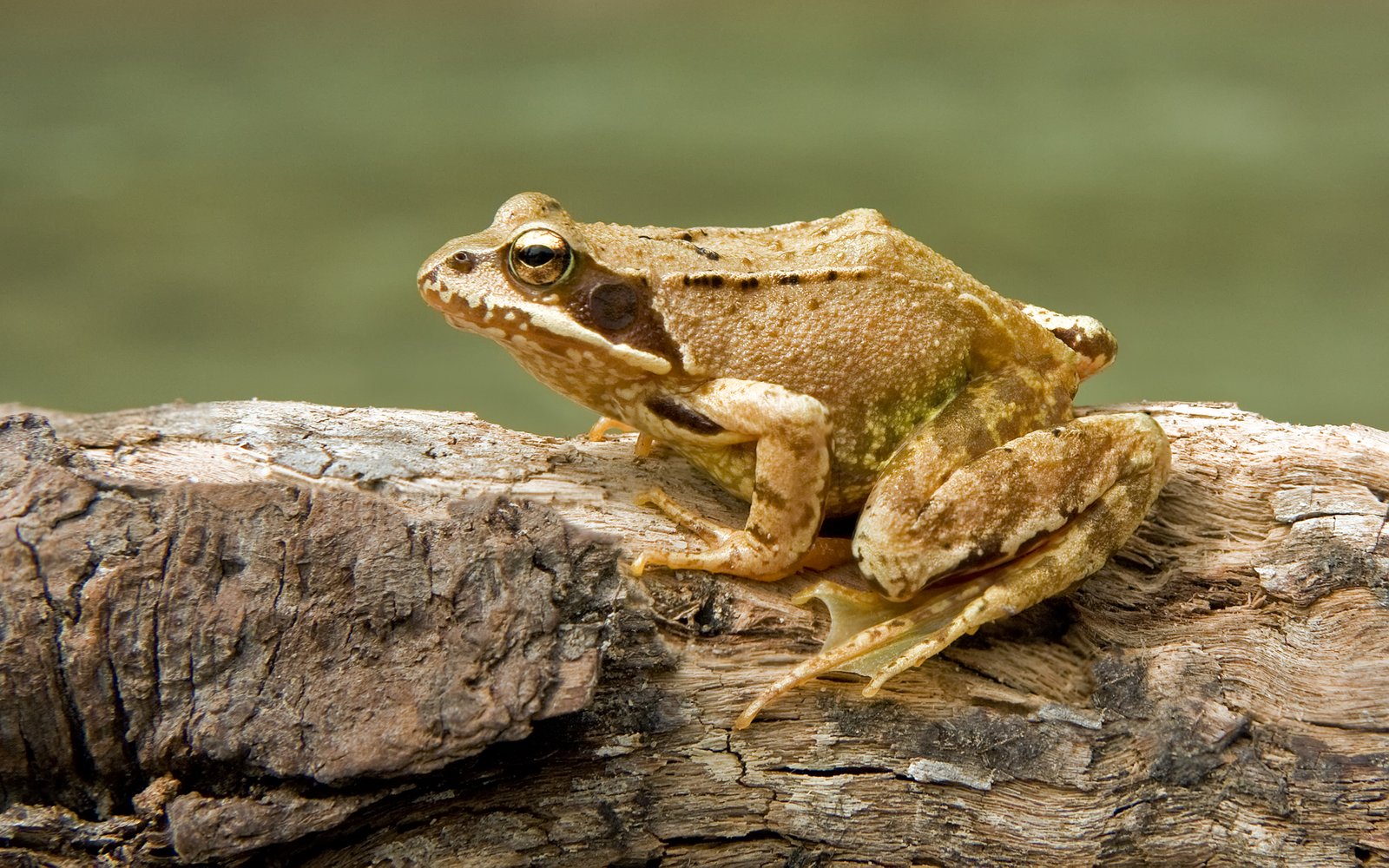
If you’ve never heard a frog scream, it’s hard to imagine. The sound is sharp, intense, and almost metallic—a far cry from the gentle croak you might expect. Some people compare it to the shriek of a small child, while others say it’s more like a squeaky hinge on a rusty gate. Either way, it’s a noise that’s impossible to ignore, and it certainly makes an impression on anyone—or anything—within earshot.
Drama or Distress? Decoding the Frog’s Intentions
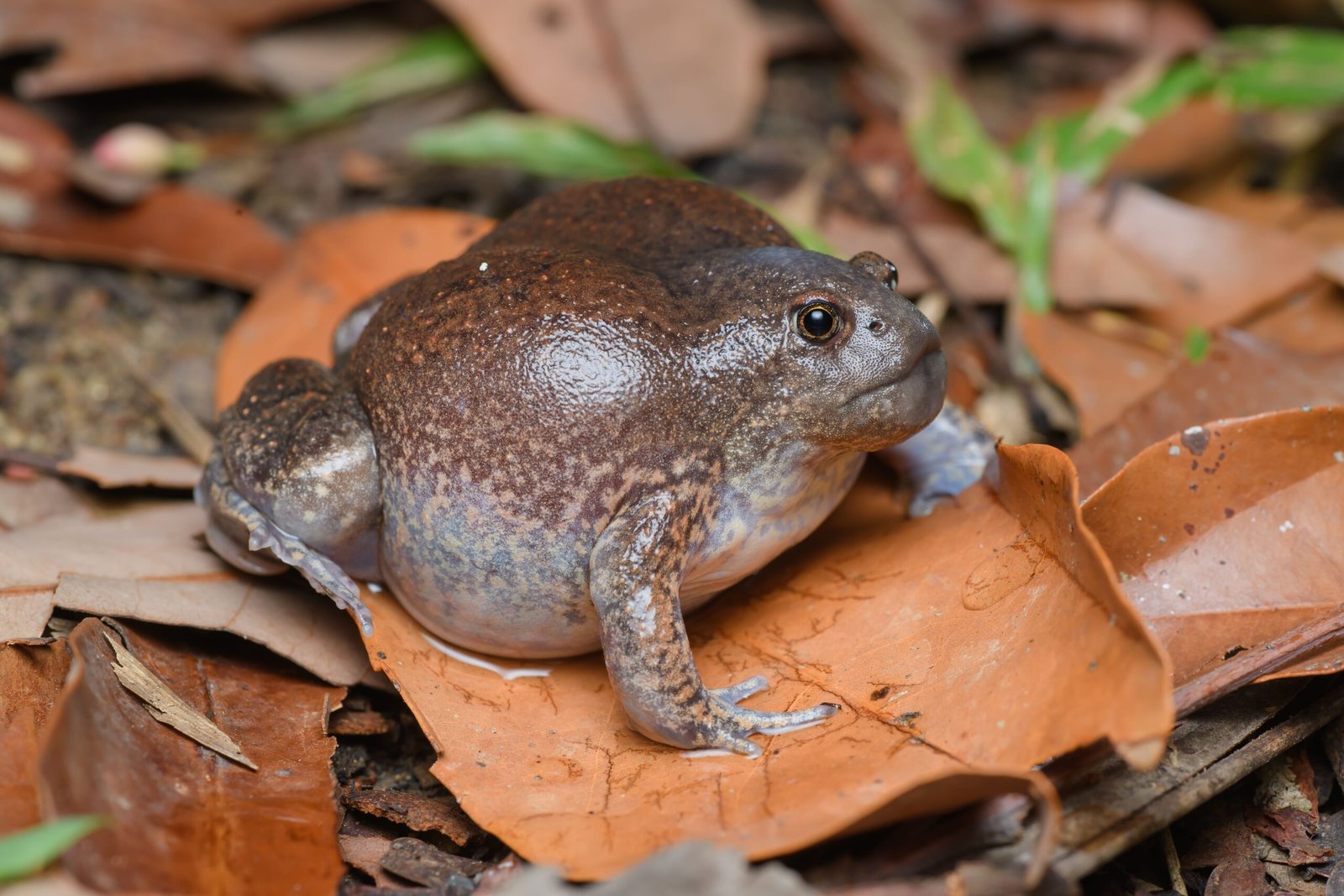
Is the frog truly in pain, or is this all an act? Research suggests that the scream is less a sign of distress and more a strategic move. The frogs are not physically harmed when picked up gently, but they scream anyway. It seems to be a calculated display, designed specifically to manipulate the situation in their favor. In other words, they might just be the best actors in the animal kingdom.
Predators React: The Effectiveness of the Scream
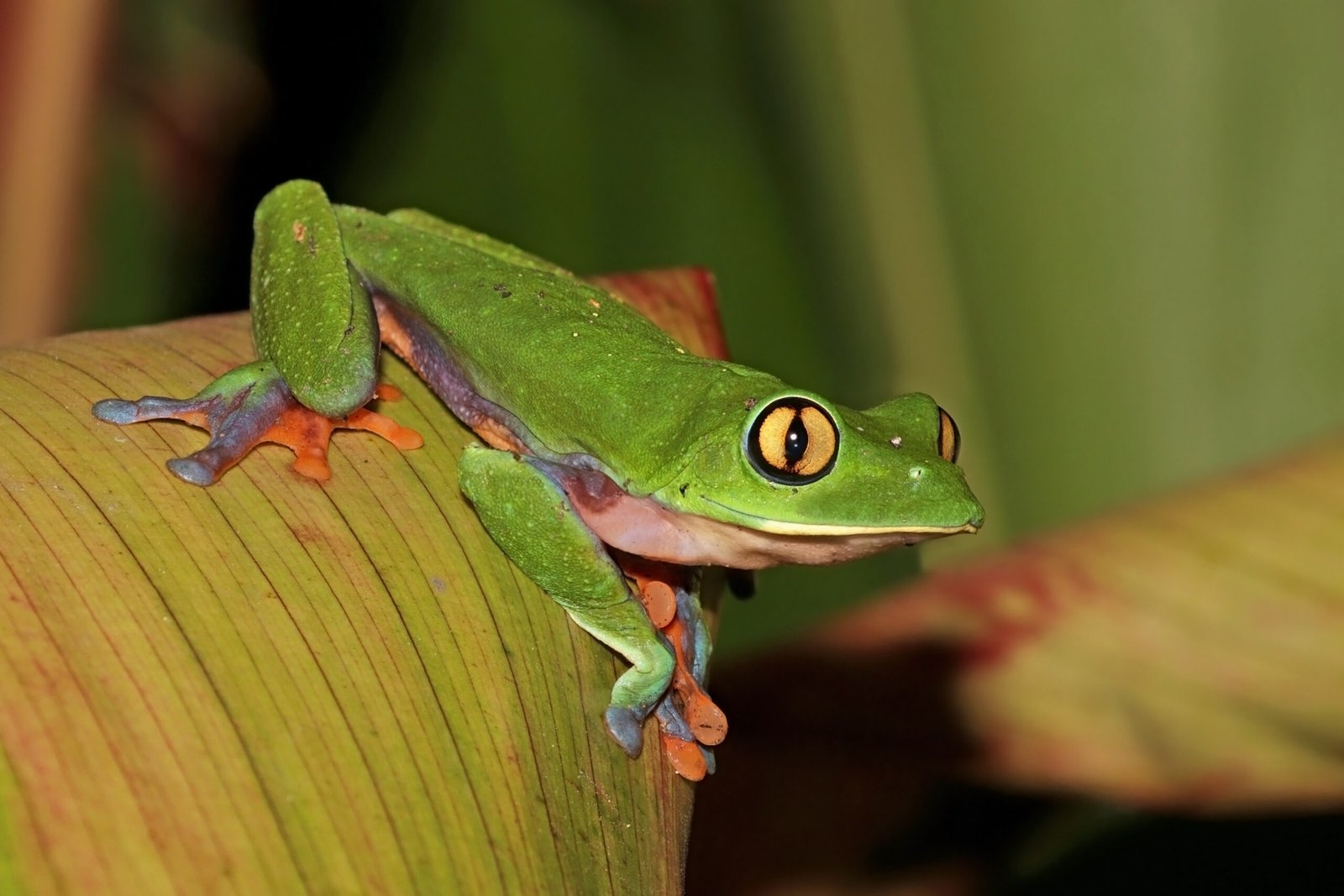
Field observations reveal that predators often drop a screaming frog, sometimes in confusion, sometimes out of sheer surprise. Foxes, snakes, and birds have all been seen recoiling from the noise, giving the frog precious seconds to escape. It’s not just a random noise; it’s a highly effective survival tool. Some predators may even learn to avoid these vocal amphibians altogether.
Nature’s Alarm System: Warning the Neighborhood

The scream doesn’t just protect the individual frog; it may also serve as a warning to others nearby. The sudden outburst can alert other frogs—and even different species—of a lurking danger. It’s like pulling a fire alarm in the middle of a quiet building, causing everyone to take notice and take cover.
Human Encounters: A Startling Surprise
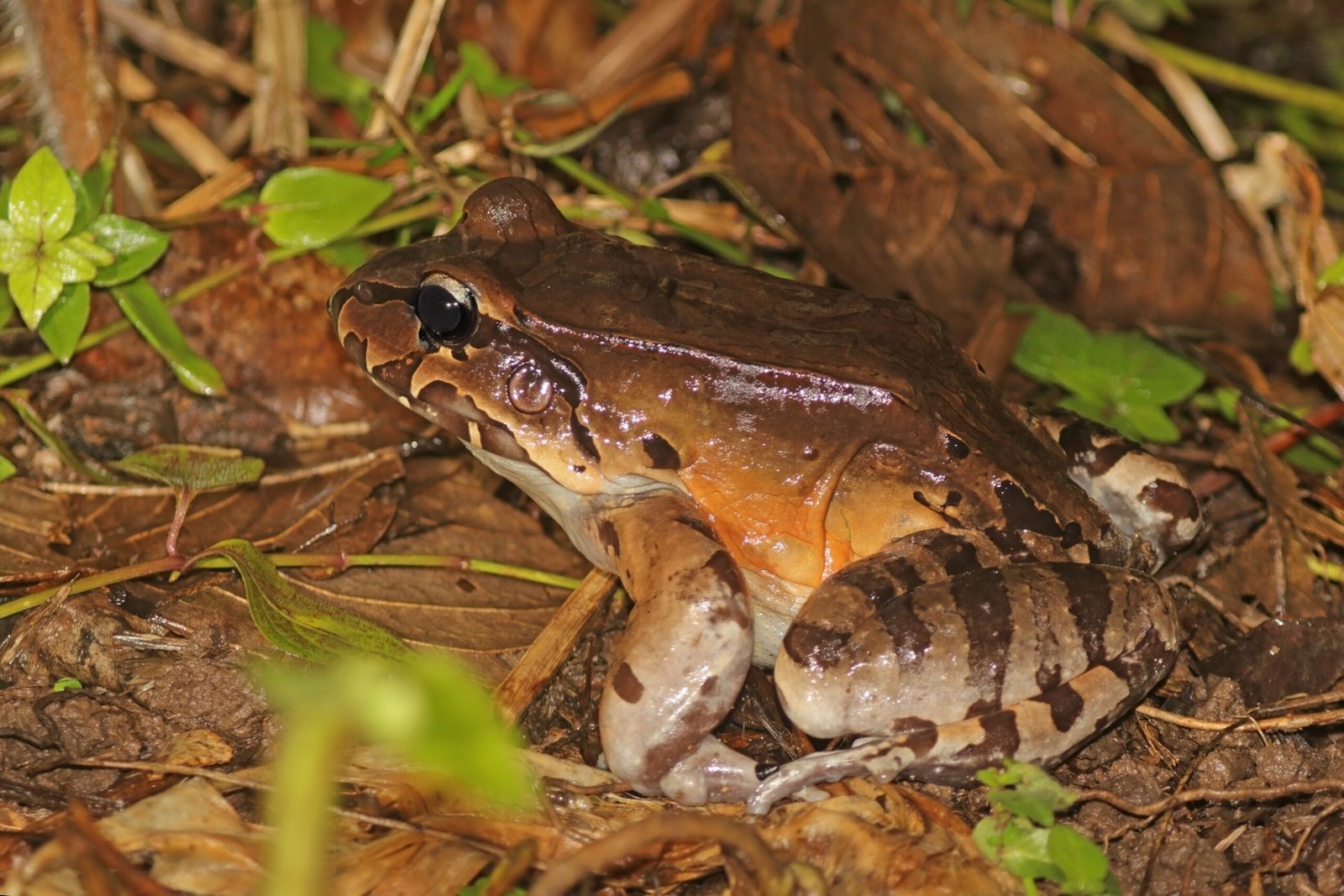
For hikers, biologists, and nature lovers, stumbling upon a screaming frog can be a shocking, and sometimes hilarious, experience. Many people have reported jumping back in surprise, unsure of what made the sound. Children, in particular, find it both amusing and a little spooky. It’s one of those rare moments when the observer becomes as startled as the observed.
Are All Frogs Capable of Screaming?
While the dramatic scream is most pronounced in certain German species, not all frogs have this ability. Some are naturally quieter, relying on camouflage or quick reflexes to avoid danger. The screaming trait appears to be more common among smaller, more vulnerable frogs who need an extra layer of protection. It’s a reminder that nature never stops experimenting with new ways to survive.
Beyond Germany: Screaming Frogs Around the World
Germany isn’t the only home to dramatic frogs. Similar behaviors have been documented in other parts of Europe, Asia, and even America. However, the German species are particularly famous for the volume and intensity of their screams. These unique frogs have become something of a local legend among wildlife enthusiasts.
Researching the Scream: How Scientists Study Frog Drama
Studying screaming frogs isn’t as easy as you might think. Researchers often have to patiently search through wetlands and forests, waiting for the right moment to gently touch or pick up a frog. They record the sounds, analyze their frequency and duration, and observe how predators respond. This painstaking work has helped uncover the secrets behind one of nature’s most unexpected defense mechanisms.
Frog Scream Recordings: A Viral Sensation
In recent years, videos of screaming frogs have gone viral online, capturing the imaginations of millions. Social media has made these little amphibian actors into unexpected celebrities. People are fascinated by the idea of such a small animal making such a big noise, and the videos are often shared for their shock value and humor.
What Makes the Scream Possible? Anatomy and Physiology

The mechanics of frog screaming are surprisingly complex. Specialized vocal cords and a well-developed larynx allow these frogs to produce sounds far louder than their size would suggest. The structure of their mouth and throat helps amplify the noise, turning a simple exhalation into an attention-grabbing alarm. It’s a marvel of biological engineering, tuned by evolution for maximum impact.
The Role of Environment: Does Habitat Matter?
The habitats where screaming frogs live often influence their behavior. Dense forests and wetlands can muffle sounds, so a loud scream is even more valuable in these settings. Open areas might require a different set of survival tricks, but in the thick German woods, volume counts for a lot. The interplay between environment and adaptation is a classic theme in evolutionary biology.
Young Frogs and Screaming: Do Tadpoles Practice?
Young frogs, or froglets, are not born screamers. The ability to produce such loud noises develops as they mature. Tadpoles are silent, focused only on growing and surviving until they can join the chorus of adult frogs. As they transform, so too does their vocal ability, preparing them for the dramatic performances that adulthood will demand.
Impact on Conservation: Protecting the Drama Queens
The unique behaviors of screaming frogs make them a symbol for wetland conservation. Their presence indicates a healthy ecosystem, and their loss could signal trouble for the broader environment. Conservationists are working to protect these habitats, ensuring that the next generation can experience the peculiar, unforgettable sound of a frog screaming in the wild.
Amphibian Drama in Folklore and Culture

Over the centuries, screaming frogs have found their way into local folklore and stories. Some tales portray them as magical creatures, able to ward off evil with a single cry. Others simply marvel at their oddness, cementing their place in regional legend. The combination of biological fact and human imagination makes these frogs even more intriguing.
Personal Encounters: A Scientist’s Surprise
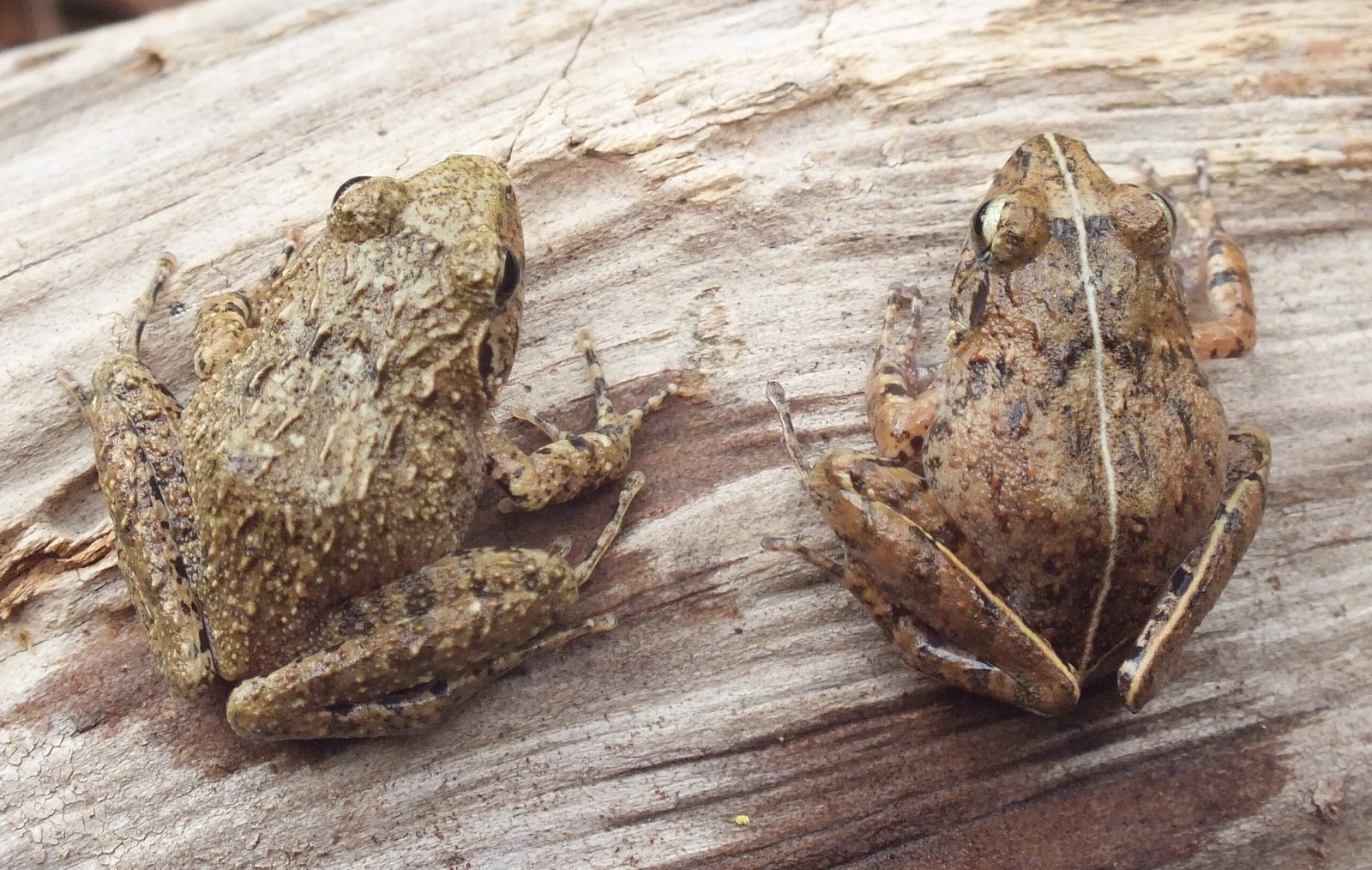
One researcher described her first encounter with a screaming frog as “like finding out your goldfish can bark.” She was collecting samples in a German wetland when a tiny tree frog screamed so loudly that she dropped her notebook in the mud. That moment of shock quickly turned into fascination, inspiring years of study into amphibian communication and defense.
What We Can Learn from a Screaming Frog
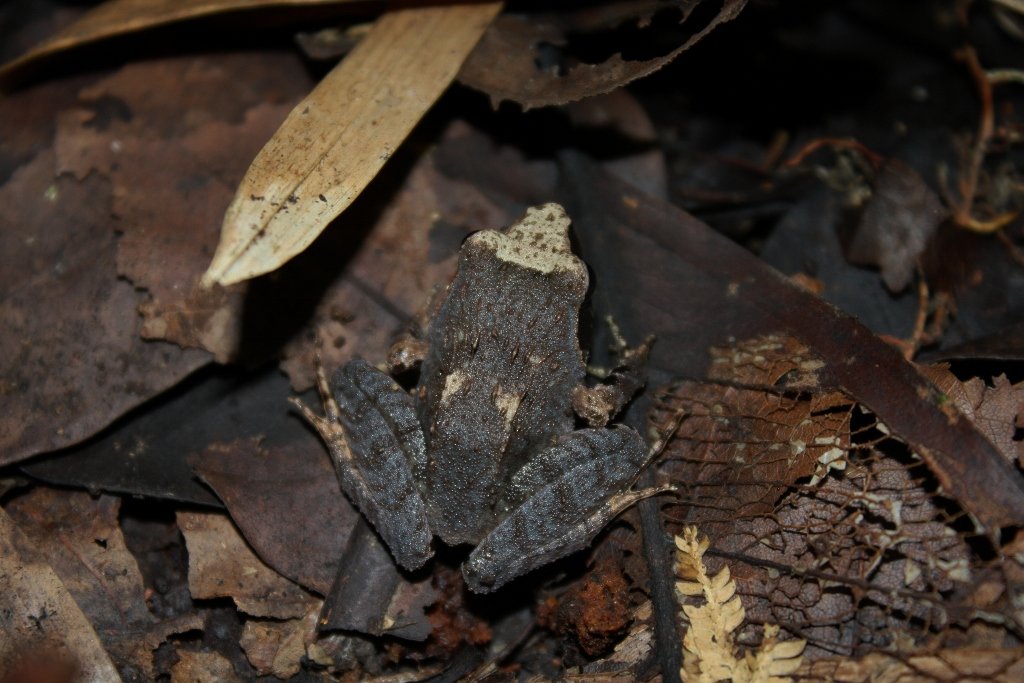
The story of the German screaming frog is a reminder that nature is full of surprises. Even the most ordinary creatures can hide extraordinary talents, and sometimes, a little drama is exactly what’s needed to survive. The next time you find yourself in the woods, listen closely—you might just catch the world’s smallest scream queen in action.



